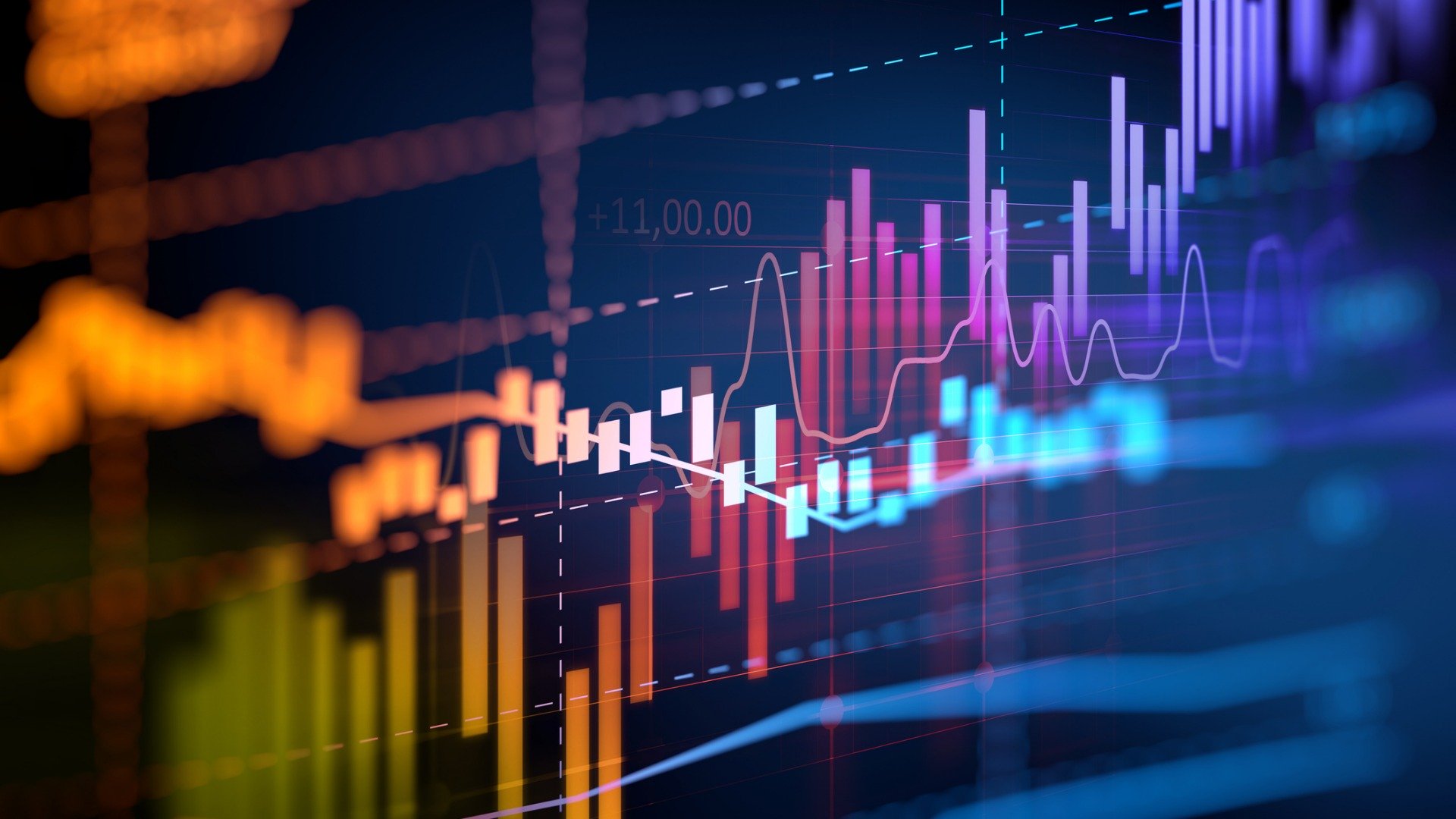Business analytics have come a long way since they first emerged in the 1950s. Not only do we now have exponentially more data coming from more sources than ever before, but there are also better ways to consume, transform, and action that data. According to Harvard Business Review, there have already been two major eras in the world of analytics, one before the use of big data and another one that came after it.
This article explores the evolution of retail analytics from the 1990s to today and delves into the three main techniques of business analytics, i.e. descriptive analytics, predictive analytics, and prescriptive analytics.
The Reign of Spreadsheets
The 1990s marked a surge in the popularity of spreadsheets and descriptive analytics. In his book, “Modern Business Statistics with Microsoft Office Excel”, David Anderson, a textbook author and Professor Emeritus of Quantitative Analysis at the University of Cincinnati, defines descriptive analytics as the analytical techniques that describe what has happened in the past. What’s more, spreadsheets don’t have the ability to scale very well, preventing retailers from moving to the next level of insight needed for omnichannel retailing. To strive in today’s market, retailers need a powerful forward-looking, goal-based analytics solution.
Moving Beyond Reporting
Since the early 2000s, predictive analytics have taken the business world by storm. Such analytics uses historical data and machine learning to generate predictions and includes techniques such as statistical modelling and recurrent neural networks. While predicting the future and making sense of meaningful insights is key to making better business decisions, the final frontier is to be the complete master of one’s business domain, and prescribe action that can shape the future (rather than trying to predict it).
Taking Retail Analytics to the Next Level
Forrester found that even though 74 percent of firms say they want to be data-driven, only 29 percent are actually successful at connecting analytics to action. With prescriptive analytics, retailers no longer have to predict the future, but instead, they can determine what the future ought to be, and then take prescribed actions to realize the targeted future. Advanced retail analytics can help retailers report, analyze, and monitor vast amounts of data through a centralized architecture providing a single source of insights. For example, if a retailer decides that it would like to hit a certain margin on a specific assortment, sophisticated demand management solutions can lay out the most effective plan coupled with the best assortment, replenishment, and pricing strategies so it can hit its goals. Prescriptive analytics can help retailers push products with greater speed and accuracy, plan better assortments, improve replenishment decision making, as well as boost the effectiveness of markdowns and promotions.


